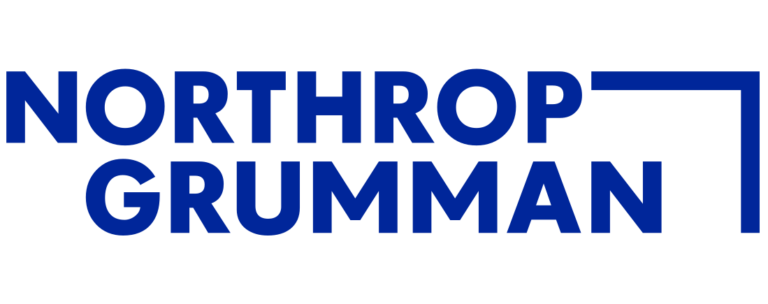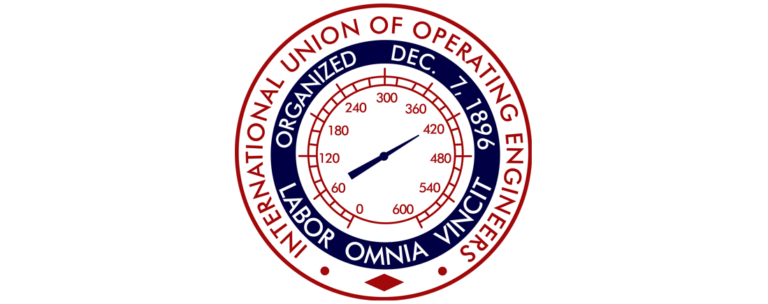Are you ready to transform your career path into a strategic journey? Think of it like a customer experience—filled with distinct stages to ensure success and growth. Each stage of your career journey is crucial, and navigating them effectively can set you up for long-term success and satisfaction. Here’s how to approach each stage strategically:
1. Awareness: Discovering Opportunities
The first step in your career journey is becoming aware of job opportunities that align with your goals and aspirations. This stage involves:
Networking
Connect with professionals in your industry through LinkedIn, professional associations, and networking events. Building a strong network can lead to valuable job leads and insider information about potential openings.
Job Boards and Social Media
Regularly check job boards like Indeed, Glassdoor, and company websites for new postings. Follow companies you’re interested in on social media to stay updated on their latest job openings and company news.
Goal Identification
Identify roles that fit your career aspirations and interests. Make a list of companies and positions that align with your long-term goals.
Also Read:Maximize Your Job Search: How to Secure Referrals
2. Consideration: Evaluating Opportunities
Once you’ve identified potential job opportunities, it’s time to evaluate them carefully. Consider the following:
Company Culture
Research the company’s culture by reading employee reviews on sites like Glassdoor, talking to current or former employees, and reviewing the company’s mission and values.
Job Descriptions
Read job descriptions thoroughly to ensure the role offers the growth and responsibilities you’re seeking. Look for opportunities that align with your skills and career objectives.
Growth Potential
Evaluate whether the company and position offer opportunities for professional development and career advancement.
3. Application: Showcasing Your Fit
Submitting a strong application is crucial to landing an interview. Here’s how to make your application stand out:
Tailored Applications
Customize your resume and cover letter for each job application. Highlight your relevant skills and experiences that match the job requirements.
Effective Communication
Clearly communicate your qualifications and enthusiasm for the role. Use your cover letter to tell a compelling story about why you’re the perfect fit for the position.
4. Interview: Demonstrating Your Skills
The interview stage is your chance to showcase your qualifications and determine if the company is a good fit for you. Prepare by:
Practicing
Practice common interview questions and prepare thoughtful answers. Consider using the STAR method (Situation, Task, Action, Result) to structure your responses.
Assessing Fit
Use the interview to assess whether the company’s culture and values align with your own. Ask questions about the team, work environment, and expectations.
5. Job Offer and Acceptance: Negotiating Terms
Receiving a job offer is exciting, but it’s important to evaluate and negotiate the terms to ensure they meet your expectations.
Evaluation
Consider the entire compensation package, including salary, benefits, and growth opportunities. Make sure the offer aligns with your professional and personal needs.
Negotiation
Don’t be afraid to negotiate. Use your research on industry standards to support your requests. Aim for a win-win situation where both you and the employer are satisfied.
Read more:-Are You Setting Up Your Gen Z Child’s for Failure?
6. Onboarding: Starting Strong
Once you’ve accepted an offer, it’s time to integrate smoothly into the company and start your new role effectively.
Training and Support
Participate in any training programs offered and take the initiative to meet your team members. Familiarize yourself with company tools and resources to hit the ground running.
Building Relationships
Start building strong working relationships with your colleagues and supervisors. Establish yourself as a reliable and collaborative team member.
7. Performance and Growth: Continuous Improvement
Continuous professional development is key to long-term career success.
Seeking Feedback
Regularly seek feedback from your supervisors and peers. Use their insights to improve your performance and address any areas for growth.
Professional Development
Attend workshops, courses, and conferences to stay updated on industry trends and enhance your skills.
8. Career Advancement: Achieving Milestones
As you gain experience and demonstrate your value, look for opportunities to advance your career.
Promotions and Opportunities
Seek out promotions or new opportunities within your field. Keep an eye on internal job postings and express your interest in advancing within the company.
Long-Term Goals
Focus on achieving career milestones that align with your long-term goals. Stay committed to your career path and continually seek ways to grow and improve.
Ready to Transform Your Career Path?
Navigating your career journey with a strategic approach can lead to significant professional growth and satisfaction. If you want to ensure success at every stage of your career, contact me for expert advice and a tailored plan to achieve your goals!
Change Your Perspective, Change Your Life.
You’ve Got This!











